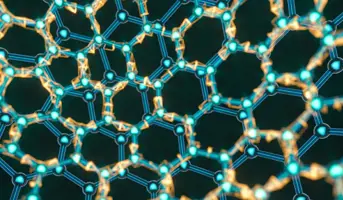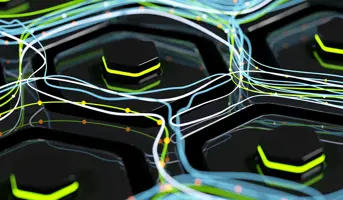Technical Ceramics
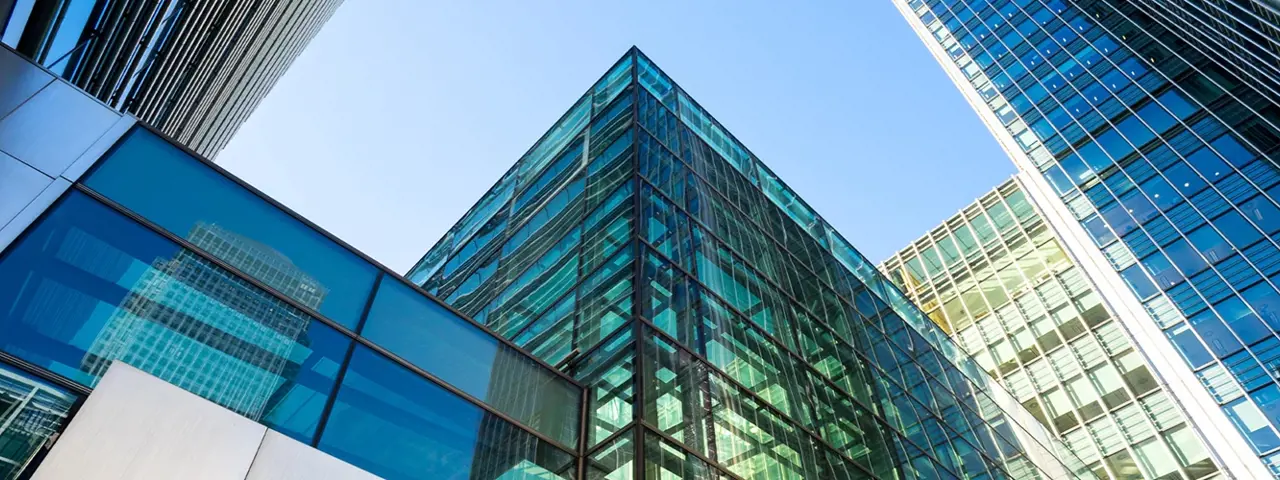
Glass
Technical Ceramics designs and manufactures advanced ceramic components to meet the stringent requirements of the glass manufacturing market. Using our in-depth materials expertise and applications experience, we solve the technical challenge which our customers face in the glass market every day.
Get a quoteGlass products

Flat Glass Tempering Systems
Fused silica blocks within tempering float air systems
Fused silica rollers for tempering and conveyance systems
Sillimantin® supports for tempering furnace heating element systems
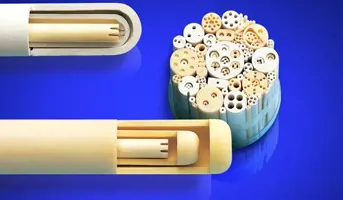
Glass Melting Furnaces and Float Glass Tin Baths
Ceramic (Alsint® 99.7) thermocouple protection sheathes or tubes
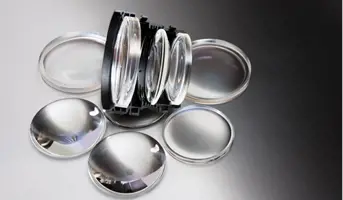
Precision Glass Moulding (PGM) of Lenses
Ceramic (CVD SiC) mould tool dies for aspheric glass lenses
Need more information? Start talking to us today
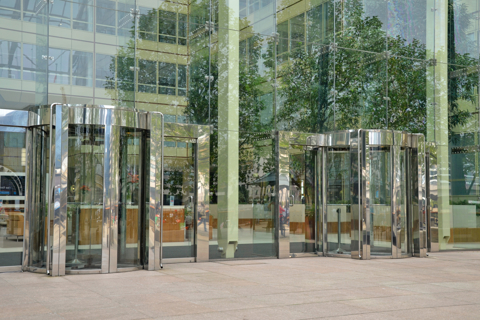
Materials Used in Glass Manufacturing
Glass Products Capabilities
Morgan’s Halroll FS fused silica rollers are used to transport glass through the tempering process. These rollers feature a patented mechanical end cap fixing system which allows the rollers to run true during their lifetime in the harsh environment of the glass tempering furnace.
During design of new glass products and glass manufacturing equipment, our customers rely upon our development expertise to meet their ever-changing requirements and to manufacture rollers designed to ensure a high quality, scratch-free glass finish required for shatterproof tempered glass.
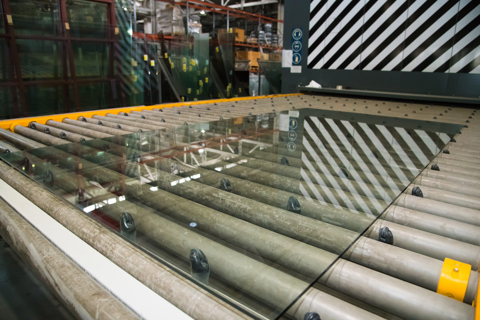
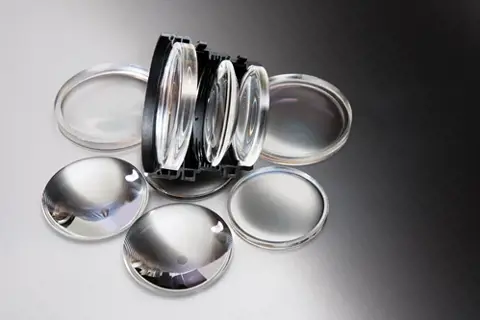
Glass Mould Tooling
CVD silicon carbide (CVD SiC) ceramic is used as mould cavities, dies, inserts, tooling and master moulds for the moulding of precision glass lenses, such as aspherical lenses, used in various camera applications such as automotive cameras. Ceramics are used instead of steel tooling when the lenses are made of either Low Tg or High Tg glass due to the moulding temperatures required. Ceramics are also preferred due to their hardness, compressive strength, oxidation resistance, wear resistance, temperature stability, and similar thermal expansion coefficient of certain glasses.
Glass Ceramics Questions
Why is Morgan’s fused silica the best material for transport rollers in glass manufacture?
Tempered glass is used for its strength and safety in a variety of applications, such as architectural glass, vehicle windows, shower and refrigerators doors, mobile phone screen protectors and others.
In the tempering process, annealed glass is placed onto a roller table and taken through a furnace that rapidly heats the glass to about 700°C and then quickly cools it with forced air drafts.
The fine crystal structure, the very high resistance to thermal shock due to its near to zero thermal expansion, the resistance to corrosion and the decades of experience in its production make Morgan’s fused silica rollers the best material for transport rollers for this application.
What is the longest length fused silica roller that Morgan makes?
Our fused silica rollers are available in lengths of over 4 meters.
What are the advantages of using CVD SiC for a mold die for precision glass aspheric lenses?
Versus other precision glass mould materials such as silicon, cemented tungsten carbide, nickel alloys, or glassy carbons, CVD silicon carbide is the only material that provides the combination of high hardness (for long tool life), high stiffness, and high thermal conductivity, high thermal capability, and thermal cycle resistance making it an ideal candidate for moulding aspheric glass lenses.
Also, the low thermal expansion coefficient (CTE) of CVD SiC is an excellent match for low-Tg optical glasses. This reduces the potential of glass lens breakage due to CTE mismatches between the glass and tool. CVD SiC surfaces can also be polished to a mirror-like surface finish to minimise imperfections on the moulded lens.
